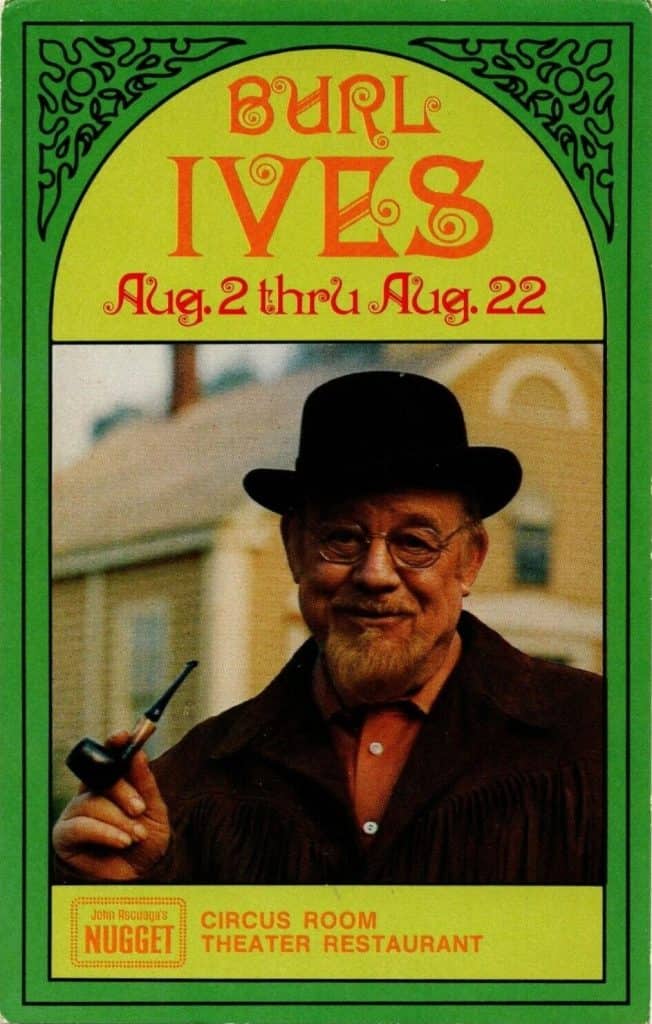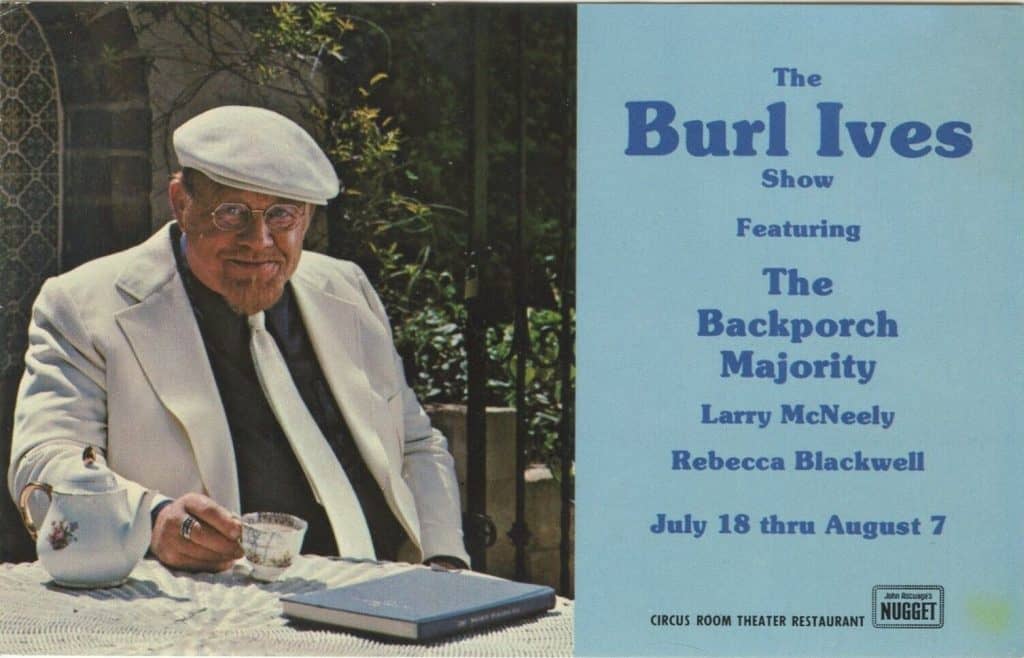Katharine Hepburn

Katharine Houghton Hepburn was born in Hartford, Connecticut, in 1907. For more than 60 years she was a leading lady and was named by the American Film Institute as Hollywood’s Top Female Legend in 1999.
Acting in movies, television and on the stage, Katharine appeared in everything from literary dramas to wacky comedies and won four Academy Awards for Best Actress as well as a Tony Award. Her 1991 autobiography, Me: Stories of my Life remained a bestseller for more than a year.
Katharine was one of six children raised by affluent parents who supported women’s suffrage and social change. A tomboy nicknamed Jimmy, she liked her hair cut short. When she was 14 years old, she was devastated when she discovered her older brother’s body; Tom had hanged himself with a sheet. Tom’s death debilitated her and her parents decided to home-school her. For many years she adopted Tom’s birthday as her own.
Miss Hepburn attended her mother’s alma mater, Bryn Mawr College, a women’s liberal arts college in a Philadelphia suburb. It was there that she fell in love with acting. She was once suspended for smoking in her room, but after graduating, she found a career start in stock theater. She had several movie successes, then starred in a series of failures and was labeled “box office poison” in 1938. Her personal wealth allowed her to stage her own comeback, buying the film rights to The Philadelphia Story under the condition that she would be its star. The film was the biggest hit of 1940, breaking all records at Radio City Music Hall.

Katharine’s haughty attitude was little help to her popularity—she was fiercely private and often snappy with reporters, refusing to give interviews and autographs. She wasn’t interested in the celebrity social scene and avoided public appearances. Katharine once wrestled a camera out of a photographer’s hand when he snapped her picture without asking first. She auditioned to play Scarlett O’Hara in Gone with the Wind but lost the part when producer David O. Selznick decided she had no sex appeal. “I can’t see Rhett Butler chasing you for 12 years,” he told her. In spite of all this, she enjoyed her fame, and her feelings thawed as she aged.
Katharine married Ludlow Smith, a socialite-businessman from Philadelphia, when she was 21. But acting was her priority and they divorced in 1934 but remained friends. She vowed never to remarry or to have children, since either would take a back seat to her career. She dated millionaire Howard Hughes for a time. Her 26-year affair with the married Spencer Tracy was kept secret for many years. When his health started to fail in the 1960s, she stopped performing to spend the last five years of his life caring for him in his home, and she was with him when he died.
Over the years, Katharine performed with John Barrymore, Ginger Rogers, Jimmy Stewart, Charles Boyer, Elizabeth Taylor, Montgomery Clift, Sidney Poitier, Cary Grant, and many others.
Famous for her unconventional lifestyle and non-conformist behavior, Katharine would have nothing to do with Hollywood’s publicity machine. She was a very outspoken athletic woman who used no makeup and wore slacks before they were accepted in women’s fashion. She was the epitome of the “modern woman” in the 1900s, and her style greatly influenced American culture. “If you obey all the rules,” she said, “you miss all the fun.”
Late in her career Katharine tackled more literary roles and worked in stage productions of Shakespeare. She became the quintessential middle-aged woman in movies such as African Queen and On Golden Pond. In 1967, she joined the cast of Guess Who’s Coming to Dinner in her last movie with Spencer Tracy. Spencer died 17 days after filming the last scene of their ninth film together.
Returning to her career to work through her grief, Hepburn took up performing in TV movies. By the 1980s, she’d developed “essential tremor,” that causes a noticeably shaking head, hands and voice. She didn’t work for two years but returned to the screen for On Golden Pond opposite Henry Fonda. Katharine appeared in her final film, Love Affair in 1994 at age 86.
Katharine loved playing golf, tennis, and swimming, as well as painting. She took ice-cold baths daily, believing they were good for her. As a child, she went to the movies every Saturday night and put on plays with her friends and siblings to raise money for the Navajo people. Politically, she was a strong liberal, supporting birth control and abortion, and was an atheist.
In 1996, Katharine developed pneumonia and within a year became frail and showed signs of dementia. In 2003, an aggressive tumor was found in her neck, and she decided to forego treatment. She died later that year, in her childhood home, at the age of 96.
***
Burl Ives

Burl Icle Ivanhoe Ives was a movie, stage, and television actor. He was often a voiceover and a writer, but he was best known as a balladeer. He was born in 1909 in Jasper County, Illinois, and he devoted his life to collecting and performing folk songs—and if he thought the words or the tune could be improved, he changed them.
One of seven children, he learned British ballads, including some bawdy ones, from his grandmother. While singing in the garden with his mother one day, his uncle heard them. He asked his 4-year-old nephew to sing at a nearby Old Soldiers’ Reunion, and his first public performance of Barbara Allen impressed the audience.
Burl planned to be a football coach, but he dropped out of college, feeling the call from his music. Sixty years later, Eastern Illinois State Teachers College named a building after him. He returned to college years later, attending Juilliard in New York City.
During the early 1930s, he traveled the country as a wandering minstrel, doing odd jobs, singing, and playing his banjo. Burl settled into folk music during the 1940s, popularizing songs like Blue Tail Fly (Jimmy Crack Corn), I Know an Old Lady who Swallowed a Fly, and Big Rock Candy Mountain.
He was drafted into the U.S. Army in 1942 and served as a corporal before he was discharge for medical reasons. In 1945, he married scriptwriter Helen Ehrlich and they adopted a son. Burl and Helen divorced and in 1970 Burl married Dorothy Koster, who had three children. They alternately lived in their homes in Washington, New Mexico, and Elbow Cay in the Bahamas.
Burl’s first hit was the 17th-century English song Lavender Blue. The song was used in the 1949 movie So Dear to My Heart and nominated for an Academy Award. Ultimately, he recorded more than 100 albums, published ten books and dozens of songbooks.
In 1950, he was blacklisted for Communist ties. When he testified before the House Committee on Unamerican Activities, he denied being a member of the Communist Party but named friends with whom he attended union meetings. His statement ended his blacklisting but cost him relationships with many folk singing friends.
Burl’s movie and Broadway career boomed in the 1950s, when he starred in East of Eden and The Big Country, for which he won an Academy Award. His 1955 Broadway performance as Big Daddy in Cat on a Hot Tin Roof earned him the nickname Wayfaring Stranger that stuck for the rest of his life. His Holly Jolly Christmas became a holiday standard when it was featured in the 1964 TV special Rudolph the Red-Nosed Reindeer.

The Backporch Majority was a 1970s folk
music group that were frequent guests at the
Burl Ives Show in the Nugget Hotel
In the late 1970s, Ives turned to theater and lounge performances. He took great joy in calling a theater’s staff together before his performance and teaching them to sing a simple round that went, “All things will perish from under the sky; music alone shall live, music alone will never die.”
Burl’s friends included Harry Morgan (Officer Gannon in “Dragnet” and Colonel Potter in “M*A*S*H”). His hobbies included ham radio, working with the Boy Scouts and being a 33rd-degree Mason.
Burl officially retired from show business in 1989 on his 80th birthday but continued to perform at benefits for his favorite causes—Indian reservations, peace, Boy Scouts, the environment, the arts, and children’s medicine.
Mr. Ives died in 1995 at the age of 85.
I saw The African Queen during a film studies class when I was in college.
That was the first Katherine Hepburn movie I ever saw.
Katherine Hepburn not only worked with my dad, Emile R. La Vigne, but she and my parents were close friends. I had the opportunity to meet with her and talk with her while working on a film with my dad toward the end of both of their carriers. It was a unforgettable experience, one that I will never forget.
Wow – what a wonderful and amazing meeting! I’m jealous.
You have explained why I was taught to sing Lavender Blue as a very small child by my decidedly unfolksy aunt. The release of So Dear to My Heart was a little before my time but the film, and the song, must have still been fairly fresh in my aunt’s mind.
I was an usher at what was then the Tampa Performing Arts Center, when Burl Ives performed there. I still hum that little round now and then, remembering fondly how he turned a random collection of ushers into a musical group that sounded (if I do say so myself) pretty good!
I loved reading the very detailed story of Katherine Hepburn and have seen many of her movies. When I was old enough, around ten, my parents took me to a movie probably every Saturday. There were probably 10 choices within our driving range Glendale